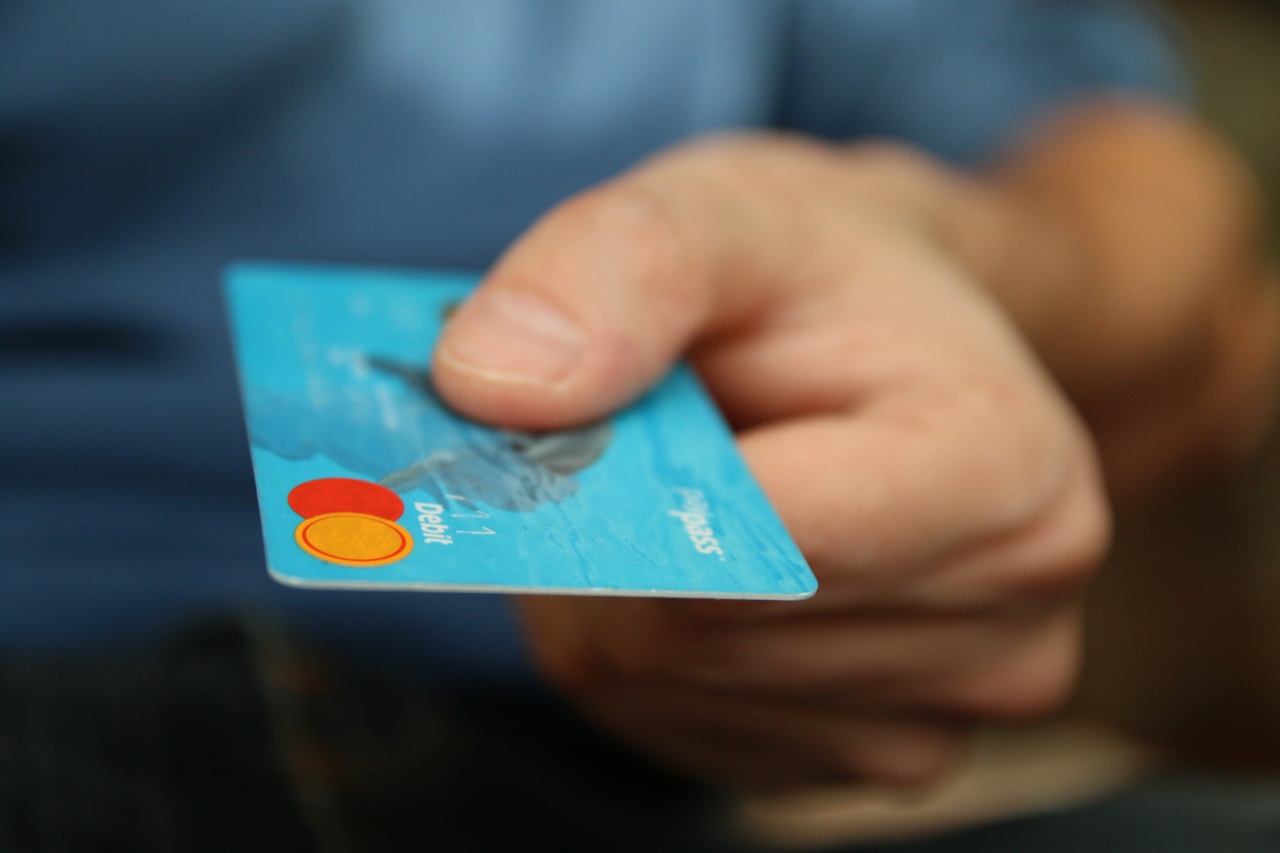Warts are a common skin condition caused by the human papillomavirus (HPV). These small growths can appear on various parts of the body, including the hands, feet, and genitals.
Warts can be unsightly and contagious, spreading from person to person through different methods of transmission.
Direct Contact
The most common way warts transfer from person to person is through direct contact. If an individual with a wart touches another person’s skin, the virus may transfer to the new person.
This can happen during handshakes, hugs, or any other form of physical contact.
Sharing Personal Items
Warts can also spread through indirect contact. Sharing personal items such as towels, razors, nail clippers, or even shoes can facilitate the transmission of the HPV virus.
If an infected person has touched these items with their wart, the virus can linger and infect another person who comes into contact with the item.
Wet and Warm Environments
HPV thrives in warm, moist environments. Public places like swimming pools, locker rooms, and showers present an ideal breeding ground for the virus.
When people with warts walk barefoot on wet floors or use shared surfaces, the virus can easily spread onto the soles of others’ feet, leading to plantar warts.
Scratching and Biting
Warts that appear on the hands or fingers can be accidentally scratched or bitten. If the wart is opened or broken, it becomes more susceptible to spreading the virus.
When a person scratches their wart and then touches other parts of their body or another person’s skin, the virus has the opportunity to transfer and establish new growths.
Sexual Contact
The HPV virus is sexually transmitted and can cause genital warts. Engaging in unprotected sexual activities with an infected partner can lead to the transfer of warts.
Both genital-to-genital contact and oral sex can transmit the HPV virus, so practicing safe sex is crucial in preventing the transmission of warts.
Transmission from Mother to Child
During childbirth, an infected mother can transmit the HPV virus to her newborn. If the mother has genital warts, there is a risk of the baby acquiring the virus during delivery.
This transmission is rare, but precautions may be taken to minimize the chances of it occurring.
Compromised Skin
Warts are more likely to transfer from person to person when the skin’s integrity is compromised. Cuts, abrasions, or dry and cracked skin provide entry points for the virus to invade the body.
Areas with damaged skin make it easier for the virus to establish and spread, especially if they come into contact with an infected person or surface.
How to Prevent Wart Transmission
While it may be challenging to entirely prevent wart transmission, there are several measures individuals can take to reduce their risk:.
1. Practice Good Hygiene
Frequent handwashing is crucial in preventing the spread of warts. Thoroughly wash your hands with soap and warm water, especially after touching warts or potentially contaminated objects or surfaces.
2. Avoid Direct Contact
Try to avoid direct skin-to-skin contact with individuals who have visible warts. If contact cannot be avoided, ensure you wash your hands immediately afterward.
3. Don’t Share Personal Items
Do not share personal items that could potentially carry the HPV virus, such as towels, razors, and nail clippers. Keep your personal hygiene items separate.
4. Protect Your Feet
If you frequently visit public pools or locker rooms, wear sandals or flip-flops to minimize direct contact with moist surfaces. This can reduce the risk of contracting plantar warts.
5. Avoid Scratching or Picking at Warts
Scratching or picking at warts increases the likelihood of spreading the virus. Instead, seek proper treatment or consult a healthcare professional for guidance on wart removal.
6. Use Protection During Sexual Activities
Consistently using barrier methods, such as condoms and dental dams, during sexual encounters reduces the risk of genital wart transmission.
How to Treat Warts
If you already have warts, several treatment options are available:.
1. Over-the-Counter Medications
Pharmacies offer various topical treatments for wart removal. These medications usually contain salicylic acid, which gradually dissolves the wart tissue.
It’s important to closely follow the instructions provided and continue treatment until the wart is completely gone.
2. Cryotherapy
Cryotherapy involves freezing the wart using liquid nitrogen. This treatment causes a blister to form below the wart, lifting it off the skin’s surface. Multiple sessions may be required for complete removal.
3. Surgical Removal
If other treatments do not prove effective, your healthcare provider may recommend surgical removal of the wart. This procedure involves cutting or scraping off the wart under local anesthesia.
4. Laser Treatment
Laser treatment involves using a focused beam of light to destroy the wart tissue. This method is generally reserved for more severe or persistent cases of warts.
When to Consult a Healthcare Professional
It is advisable to seek medical advice if:.
– Warts are painful, bleeding, or rapidly spreading.
– Warts persist despite appropriate over-the-counter treatments.
– Warts affect the genital area or anal region.
– You have a weakened immune system.
A healthcare professional can provide a proper diagnosis and recommend the most suitable treatment option based on your specific circumstances.
Conclusion
Understanding how warts transfer from person to person is crucial in preventing their spread.
Direct contact, sharing personal items, wet and warm environments, scratching or biting, sexual contact, compromised skin, and mother-to-child transmission are the common methods of wart transmission. By practicing good hygiene, avoiding direct contact, and taking necessary precautions, individuals can reduce the risk of acquiring and spreading warts. If you already have warts, various treatment options are available to effectively remove them.
Consult a healthcare professional if needed, especially for severe or persistent cases.































